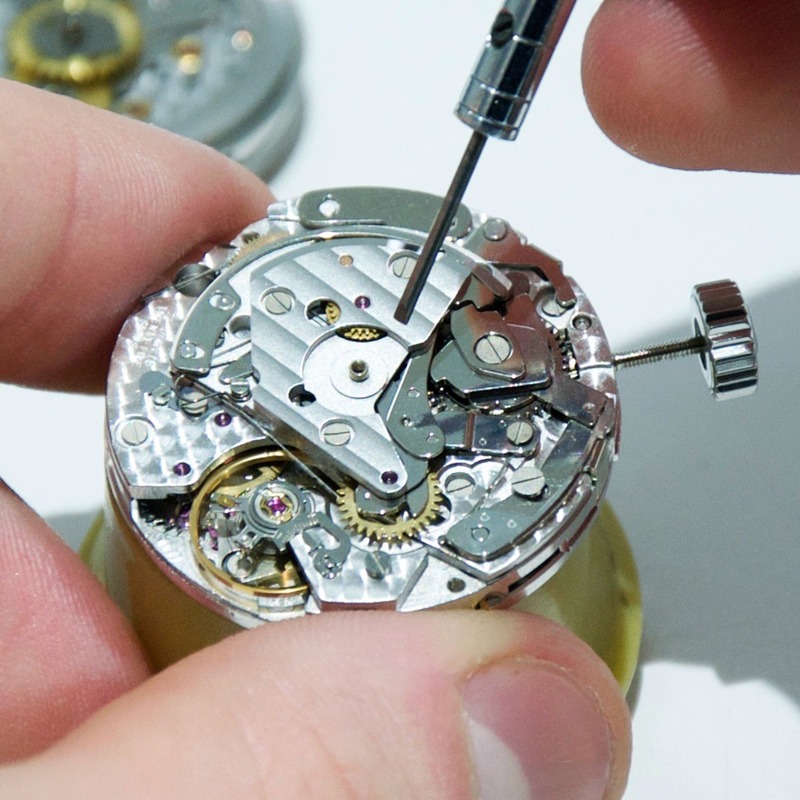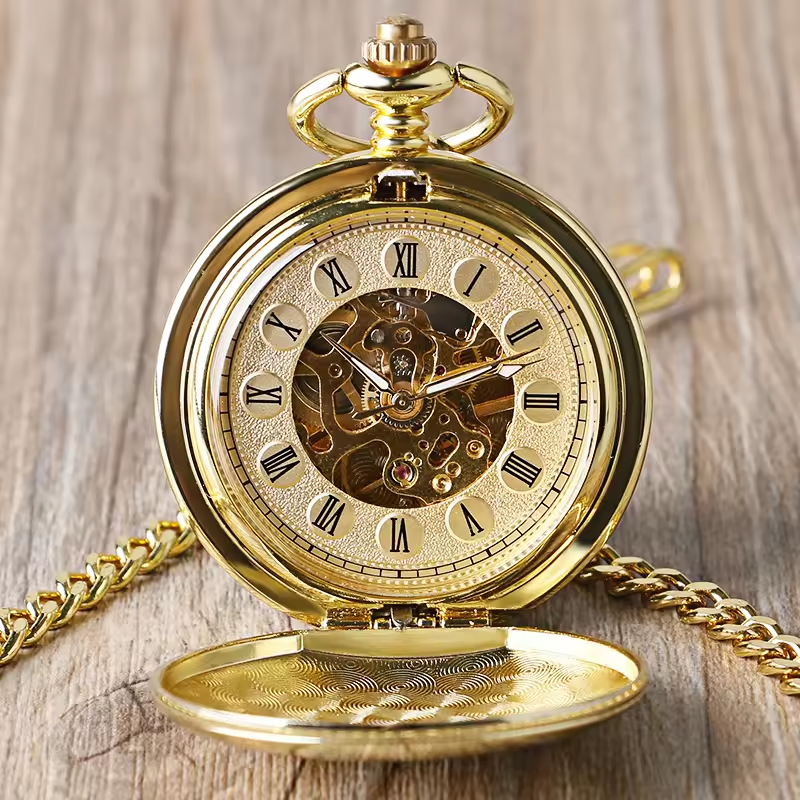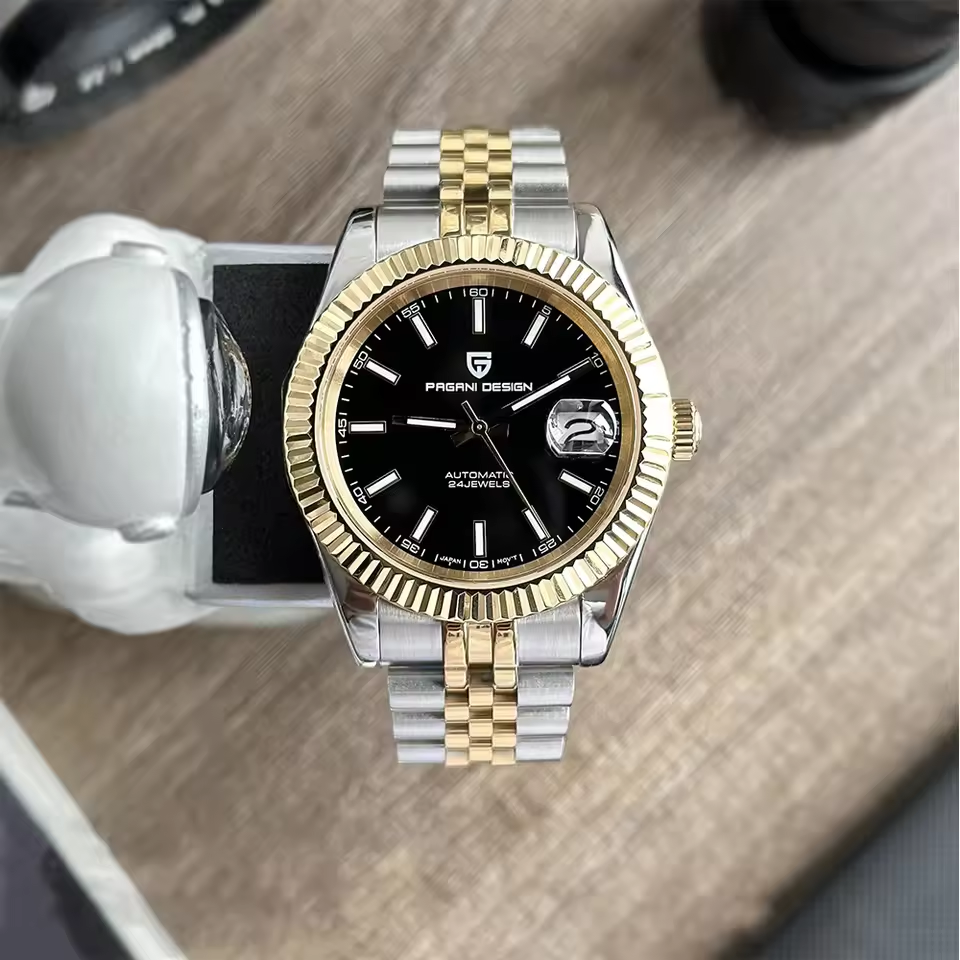Introduction: Understanding Mechanical Watch Repair
Mechanical watch repair is a vital skill for both enthusiasts and collectors who appreciate the intricate craftsmanship of timepieces. Unlike quartz watches, which rely on batteries, mechanical watches utilize a complex system of gears, springs, and levers. This system requires careful maintenance to function correctly over time. Understanding how to repair a mechanical watch ensures its longevity and accuracy.
The importance of maintaining mechanical watches cannot be understated. Regular care and timely repairs can extend a watch’s lifespan, allowing it to remain functional and precise for years. By addressing issues promptly, you can prevent minor problems from escalating into costly repairs. Moreover, many watch enthusiasts enjoy the challenge of DIY repairs, but knowing when to seek professional help is equally important.
In this article, we’ll cover common mechanical watch problems, a step-by-step guide to repairs, the essential tools needed, when to consult a professional, and the benefits of regular maintenance. With this comprehensive knowledge, you’ll be equipped to keep your mechanical timepieces in top condition.

Common Mechanical Watch Problems
Key Issues to Look Out For
Mechanical watches, while exquisite and finely made, can experience several common issues. Understanding these problems will help you identify when a repair is necessary:
-
Winding Issues: A common problem with mechanical watches is winding. Manual watches can refuse to wind properly if the mainspring is damaged or if too much resistance exists. Automatic watches may also experience winding issues if not worn regularly. Without proper winding, a watch can stop functioning altogether.
-
Accuracy Problems: If your watch runs slow or fast, accuracy is compromised. This issue may stem from a miscalibrated balance wheel or friction in the movement. Regular adjustments and professional servicing can help correct timing issues, allowing your watch to keep accurate time.
-
Moisture Damage: Exposure to water poses a significant risk. While many mechanical watches are designed to resist moisture, inadequate seals, or damage can allow wetness to seep in. Moisture can lead to rust and internal damage. If you suspect moisture damage, it is crucial to address the problem immediately.
-
Physical Damage: Scratches on the watch crystal or case can impact both appearance and functionality. Scratches may obscure the dial, making it difficult to read. Proper care and protective case options help minimize physical damage.
-
Crown Issues: The crown is essential for winding and setting the time. If it becomes stuck, it may hinder functionality. A watchmaker can typically resolve this issue by replacing or repairing the crown mechanism.
Recognizing these common problems in mechanical watches is the first step towards effective repair and maintenance. Timely intervention can prevent further damage and preserve the watch’s functionality.
How to Repair a Mechanical Watch
Step-by-Step Repair Guide
Repairing a mechanical watch can be a rewarding experience if you have the right knowledge and tools. Here’s a step-by-step guide to help you with basic repairs:
-
Disassembly: Begin by choosing a clean, well-lit workspace. Use a case opener to remove the back of the watch carefully. Ensure you have an assortment of tools at your disposal, including precision screwdrivers and tweezers. Take care to note the orientation of each piece as you disassemble.
-
Cleaning: Once the watch is disassembled, it’s time to clean the individual components. Dust and grime can accumulate in the movement over time. Use a soft brush and watch cleaning solution specifically designed for watch parts. Make sure to gently clean gears, pivots, and other components to ensure they are free from debris.
-
Replacing Parts: After cleaning, examine each component for wear or damage. If you find any parts that are worn out, they will need replacing. Always use genuine parts to maintain the integrity and performance of the watch. You might need to replace the mainspring, gears, or other small components depending on their condition.
-
Reassembly: With all parts cleaned and replaced, carefully reassemble the watch. Start with the movement and then replace the case back. Make sure every component is secured correctly. Any misalignment could affect the performance of the watch.
-
Testing: After reassembly, test the watch’s functionality. Wind the watch and observe if it runs accurately. Check the timekeeping function and ensure the crown operates smoothly. Make any necessary adjustments before putting the watch back into regular use.
As you proceed with these repairs, always emphasize safety. Watch components are delicate, and improper handling can lead to further damage. If you feel overwhelmed or uncertain about a specific repair, do not hesitate to consult professional services.
Tools for Mechanical Watch Repair
Essential Equipment for Hobbyists and Professionals
Having the right tools is crucial for anyone looking to dive into mechanical watch repair. Here’s a list of essential tools every watchmaker should have:
-
Screwdrivers: A set of precision screwdrivers is vital. Different screw sizes are used in mechanical watches, so be sure to have a complete range to avoid stripping screws during disassembly and reassembly.
-
Tweezers: Non-magnetic tweezers help in handling small components without risking damage. Look for tweezers that provide a good grip and precision.
-
Case Openers: These tools are essential for safely opening watch cases. An unsuitable case opener can scratch or damage the case, so select one suitable for your watch type.
-
Loupe: A magnifying loupe is indispensable for examining fine details. This tool allows you to see tiny parts clearly, which is particularly helpful when reassembling delicate mechanisms.
-
Watch Cleaning Solutions: Investing in cleaning solutions made specifically for watch components is wise. These solutions aid in removing dirt and grime without causing damage.
-
Movement Holder: A movement holder keeps the watch movement stable for easier handling during repairs. It prevents unwanted movements while you work, minimizing the risk of misalignment.
-
Parts Organizer: Keeping track of all the tiny parts can be challenging. Use a parts organizer to separate screws, springs, and other components. This method will streamline your repair process.
Investing in these essential tools sets a strong foundation for your watch repair endeavors. With proper equipment, you can effectively manage repairs, ensuring the longevity of your mechanical watches.
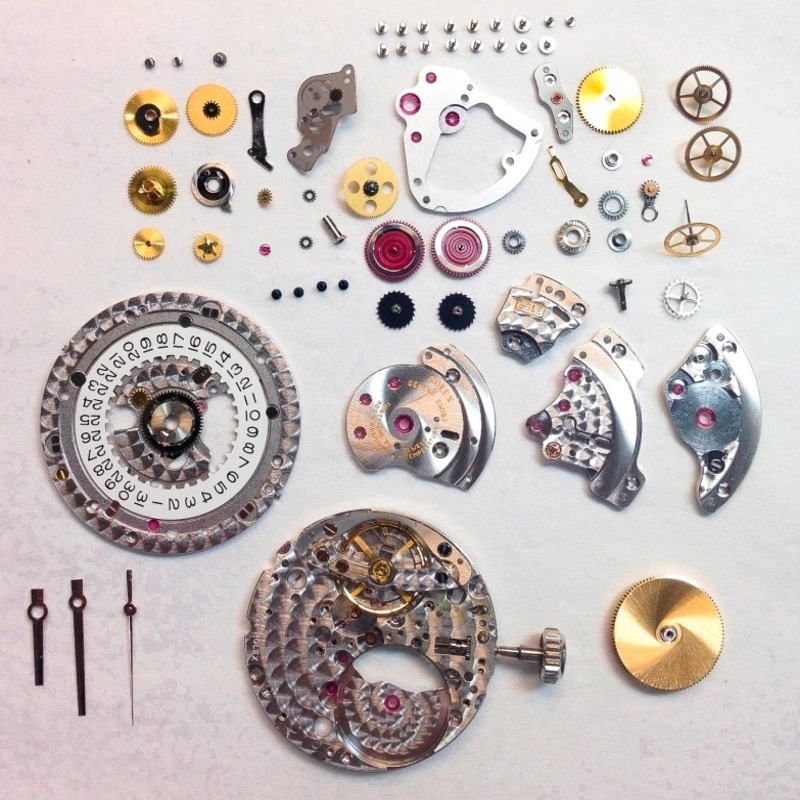
When to Seek Professional Repair
Knowing Your Limits
While DIY repairs can be gratifying, there are times when seeking professional help is crucial. Here’s when to consider professional assistance:
-
Complex Issues: If you encounter complex problems that involve delicate components, such as the escapement or balance wheel, it’s best to consult a professional. These parts require specialized expertise and tools for accurate repair.
-
Water Damage: If you suspect a watch has been exposed to moisture, quick action is essential. Inadequate repair attempts can worsen the problem. Professionals can clean and service the internals properly to prevent long-term damage.
-
Valuable Collectibles: High-value watches require expert care. Using certified repair services helps maintain the authenticity and value of such valuable timepieces. These experts understand the nuances of specific brands and models.
-
Time Sensitivity: If you need the watch repaired quickly, professionals often have the resources to expedite repairs. They can ensure that your watch is restored to optimal performance in a short amount of time.
Seeking professional repair can provide peace of mind, ensuring that your watch is in capable hands. As someone who appreciates mechanical watches, investing in expert services can significantly enhance your watch experience.
Benefits of Regular Maintenance and Servicing
Keeping Your Watch in Top Condition
Regular maintenance is essential for preserving the functionality and appearance of mechanical watches. Here are the key benefits of consistent servicing:
-
Extending Lifespan: Regular maintenance can prevent minor issues from becoming major repairs. By having the watch serviced every few years, you can spot potential problems early.
-
Accuracy Improvement: A well-maintained watch keeps accurate time. Professional servicing includes adjustments to correct any imbalances, ensuring your watch is precise.
-
Maintaining Value: Regular servicing enhances a watch’s value. Collectors often look for well-maintained watches, and proper documentation of maintenance can increase resale value.
-
Lubrication: Watch movements require lubrication to minimize friction between components. Regular servicing ensures appropriate lubrication levels, promoting smooth operation.
Most mechanical watches should undergo servicing every three to five years, but frequent use or exposure to harsh environments may necessitate more regular check-ups. By adhering to a maintenance schedule, you can ensure that your timepiece remains in optimal condition for years.
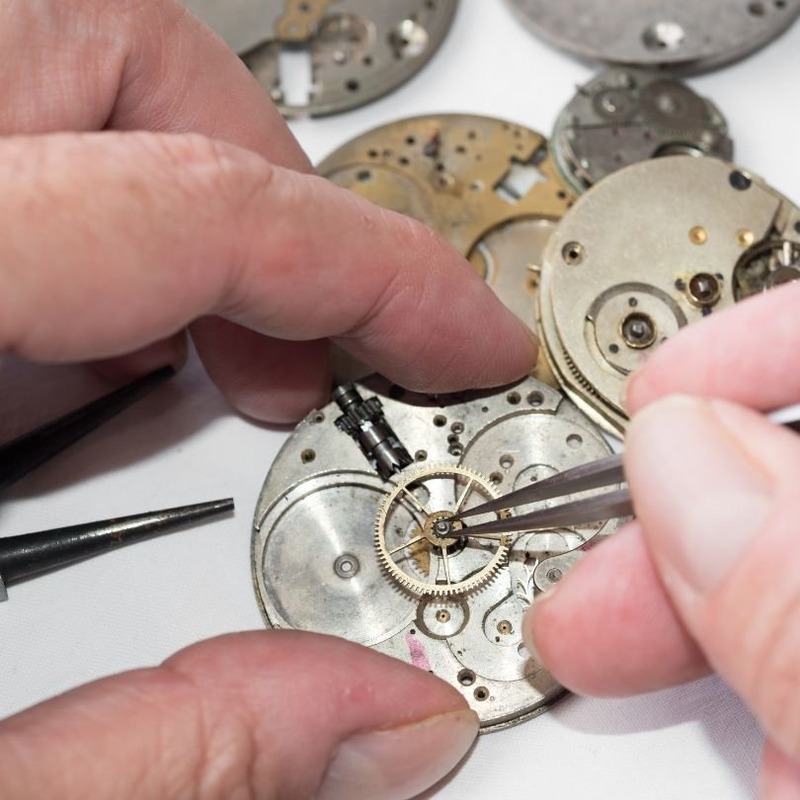
Conclusion: Mastering Mechanical Watch Repair
Understanding mechanical watch repair equips you with the knowledge to maintain and cherish your prized timepieces. This craftsmanship not only enhances your enjoyment of watches but also empowers you to address issues proactively. As you explore the beautiful intricacies of mechanical watches, you’ll find a community that shares your appreciation for this time-honored art.
Whether you choose to undertake repairs yourself or seek professional assistance, the importance of regular maintenance cannot be overstated. Taking care of your watch will prolong its lifespan, enhance its performance, and protect your investment. Dive into the rewarding world of mechanical watch repair, and embrace the journey of keeping your cherished timepieces in pristine condition.
